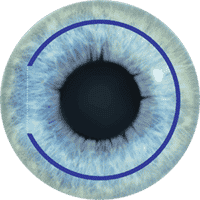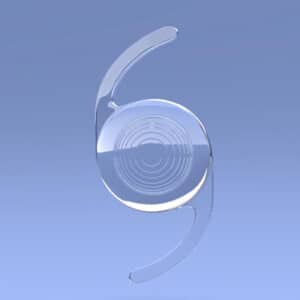As we get older, many of us find it difficult to read and see fine objects. Initially, we find that we are able to focus by stretching our arms, holding things farther from our face, and using brighter light. Most of us at some point break down and buy reading glasses from a drug store or supermarket. The condition that causes this change is presbyopia. Once we get beyond our 40’s, the lens within our eye increases in size and becomes harder and less elastic, and in turn reducing its ability to change shape and focus on near objects.
The only way most of us can see small print beyond 40, is to wear reading glasses or “cheaters” which become stronger and stronger with advancing age. Some people will find the need for prescription glasses eventually.
While there are many who are fine with wearing glasses, many find them hard to keep track of. They can become a nuisance for those who are putting them on their face and removing them often throughout the day.
It is no surprise that many consider the option of vision correction.
Presbyopia Treatment
How can presbyopia be corrected?
There are a few ways presbyopia can be treated, the right choice depends on your age and the health of your eye.
Refractive Lens Exchange (RLE)
Refractive Lens Exchange is a common procedure that removes the dysfunctional hardening lens and replaces this with a high-performance lens. There are different types of lenses that can be used. The doctor can place mono-focal lenses in each eye. Monofocal lenses can correct an eye for near or for distance. Alternatively, the doctor can place a multifocal lens in the eye that can help the patient see for distance and for near focal points.

Monovision Laser Vision Correction
A monovision approach to LASIK/PRK/SMILE is one way to treat presbyopia for a limited time. Monovision means that one eye has a small degree of nearsightedness, while the other eye is corrected for maximum distance. Monovision cannot halt the progression of presbyopia, and most monovision patients will lose some degree of depth perception due to the loss of stereoscopic vision. A monovision strategy can also be accomplished by using contact lenses or intraocular lenses.
Summary
The best solution for any patient depends on the patient’s goals and on the patient’s ocular health and conditions. An evaluation with a team of medical professionals is the best way to discover your options. We offer free consultations to help you determine the best solution for you, so why not schedule one today?














